Designers are fascinated with the possibility of imagining scenarios using smart technology that can radically improve lives.
The idea of intelligent and interconnected things will hopefully give a fresh paradigm for innovation in the consumer goods industry that seems to be resorting to small cosmetic changes for quite a long time.
Philips Consumer Lifestyle EVP and CEO Pieter Nota says, “Philips now has real-time ‘conversations’ with our consumers to maximise the potential of our propositions, to adapt and improve them, to personalise them, to make them more meaningful.”
Biggies of the tech industry are not far behind. With Google’s acquisition of Nest for $3.2 billion earlier this year, Samsung’s buyout of the fast growing home automation start-up SmartThings for a reported price of $ 200 million and Apple’s announcement of HomeKit tools, which will allow creation of apps that will control various smart devices through iOS, puts this impact into a context of how soon the smartness is going to hit us in an all pervading way, be it home automation, healthcare or automobiles.
How do designers take part in this change that’s coming in pretty fast?
Here’s a summary
- Identifying what problems to solve: Easy access to technology will create a lot of smart products which will solve problems that do not exist in the first place. Planning products and features will constitute a large portion of designers’ work for product makers.
- Designers love the challenge of making things simpler and more meaningful: As stuff gets more complex with infinite data streams emerging from smart devices and wearables, making sense of that data for people’s actual use becomes a task. Designing products and interfaces that are simpler and relatable will be another big challenge.
- As systems become self-learning, creating personalities through the interface will be the best styling exercise thus far: Self-learning systems should become active companions to people than devices that are merely simple to use. This gives a great opportunity to impart experience with a human-like quality. A companion who not only understands but also reciprocates emotions will be a dream ‘immersive experience’ design opportunity.
- Building scenarios for future: A rapid movement in technology would need fantasising about future scenarios and then making them work. Designers’ ability to dream up these scenarios with a strong empathy for the user will be one of the most important areas of contribution.
- Designing the complete branded experience: The seamlessness of the brand, product and its experience throughout its life cycle needs brand communication beyond advertising.
-
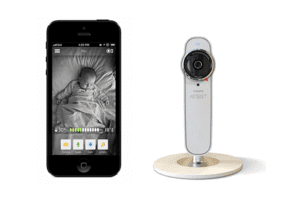
The Philips Avent baby monitor keeps an eye on the baby via the net with a warning for a network drop too. Controlling the lighting through Philips hue ‘recipes’ to suit different needs like sleeping, waking up or feeding is an add on.
-

Belkin’s Wemo slow cooker Crock Pot is a celebrity entry this year into the connected home. With the award
winning app, one can control cooking times remotely, make and save recipes and receive reminders. -
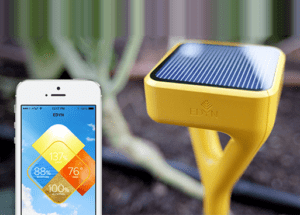
Yves Behar’s smart garden system for Edyn. Designed as a complete brand experience, Edyn can sense soil conditions, general weather predictions and present real time advice on your garden or small farm for what to grow and how.
-
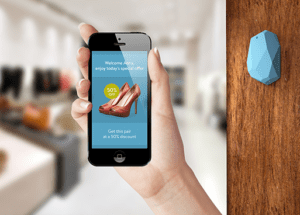
Estimote beacon’s retail application. Customers can get product information, perosnalised offers etc. in exchange of enabling their location to track their interest – a physical equivalent of a ecommerce marketplace.
-
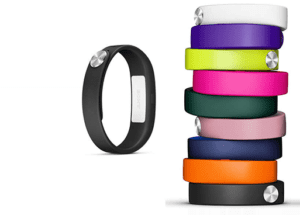
Estimote beacons are tiny intelligent tags that can be stuck onto anything. They transmit tiny radio signals which can be read by smartphones. IDEO, Estimote’s design partners are looking at the enormous opportunity of how they can be used in homes, retail, healthcare and virtually every possible scenario of use.
-
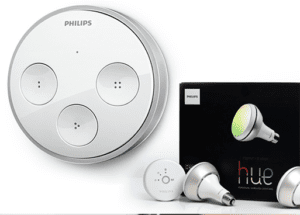
Philips Hue illumination system is run through an app that can create a range of lighting situations even mimicking a sunset/sunrise.
-
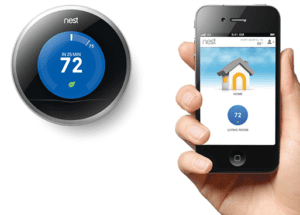
Nest Learning Thermostat learns your schedule, programs itself and can be controlled from your phone. Through a short ‘learning’ exercise the Nest Thermostat can lower heating and cooling bills up to 20%.
-
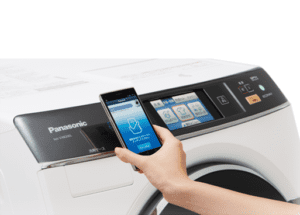
Early 2012 saw announcements of many domestic appliances driven through smartphone apps that could remotely control them – one of the first steps in the evolution of connected world of devices.
Casting this overall idea of the brand and product promise with experiential elements of consistency is what all designers live for…. As the smart world of devices dominates this decade, one thing is certain: unless we place people in focus when it comes to the ‘Internet of Things’, we will have useless junk getting churned out.
The most important contribution from the design community in this regard will be what it has been over the last century — putting people first.
